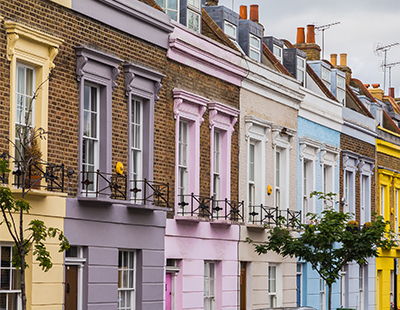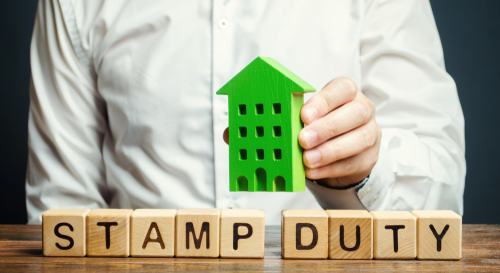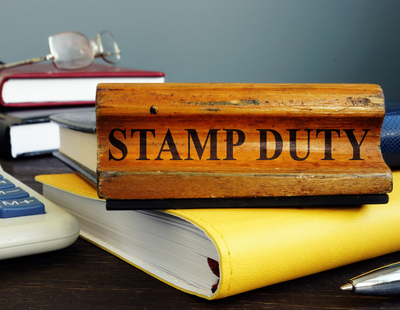
PwC says the drop in the number of property transactions is the economic indicator where the uncertainty over Brexit is most obviously demonstrated.
The business consultancy forecasts a slowdown in growth with house price inflation likely to be 3.7 per cent this year, down from 7.0 per cent in 2016.
Even so, it suggests the average residential property in the UK could be worth approximately £220,000 by the end of 2017, £8,000 higher than in 2016, and could rise to over £300,000 by 2025.
PwC, in a wide-ranging and downbeat report on the prospects for the UK economy against the backdrop of Brexit negotiations, says the London property market has been most severely impacted by economic and policy uncertainty and the stamp duty changes.
Price inflation in London in the first four months of 2017 was around four per cent compared with around 13 per cent for the same period in 2016 and PwC projects the capital’s housing market will continue to slow, with only 2.8 per cent and 3.8 per cent growth on average in 2017 and 2018 respectively.
Elsewhere in the UK, PwC says the East and Southern regions of England will continue to grow above the UK average, but Northern Ireland and the North East will continue to lag behind.
While the average house price across the UK has grown by 17 per cent since mid-2007, over a quarter of all local authorities are still below the 2007 peak.
PwC’s analysis has also found London’s housing market has seen a structural shift recently, as house price growth has moved outward from the capital.
Growing unaffordability within London, coupled with political and stamp duty issues, has seen house prices in prime central boroughs slow while prices in the outer boroughs and the commuter belt have risen. Over the last two years, house prices in the outer boroughs have risen nine percentage points faster than inner boroughs, while growth in the fastest growing locations within the commuter belt - including Basildon, Luton and Slough - exceeded those in London by four percentage points in 2016.
“The affordability crisis within London has seen first-time buyers in particular struggling to buy in the capital. In 2016, house prices in London were 13 times median earnings, while commuter belt towns offer a lower - albeit still high - ratio of nine times earnings” says Richard Snook, senior economist at PwC.


























Join the conversation
Be the first to comment (please use the comment box below)
Please login to comment